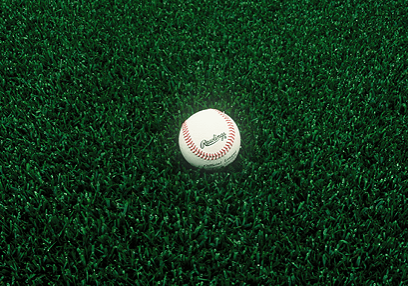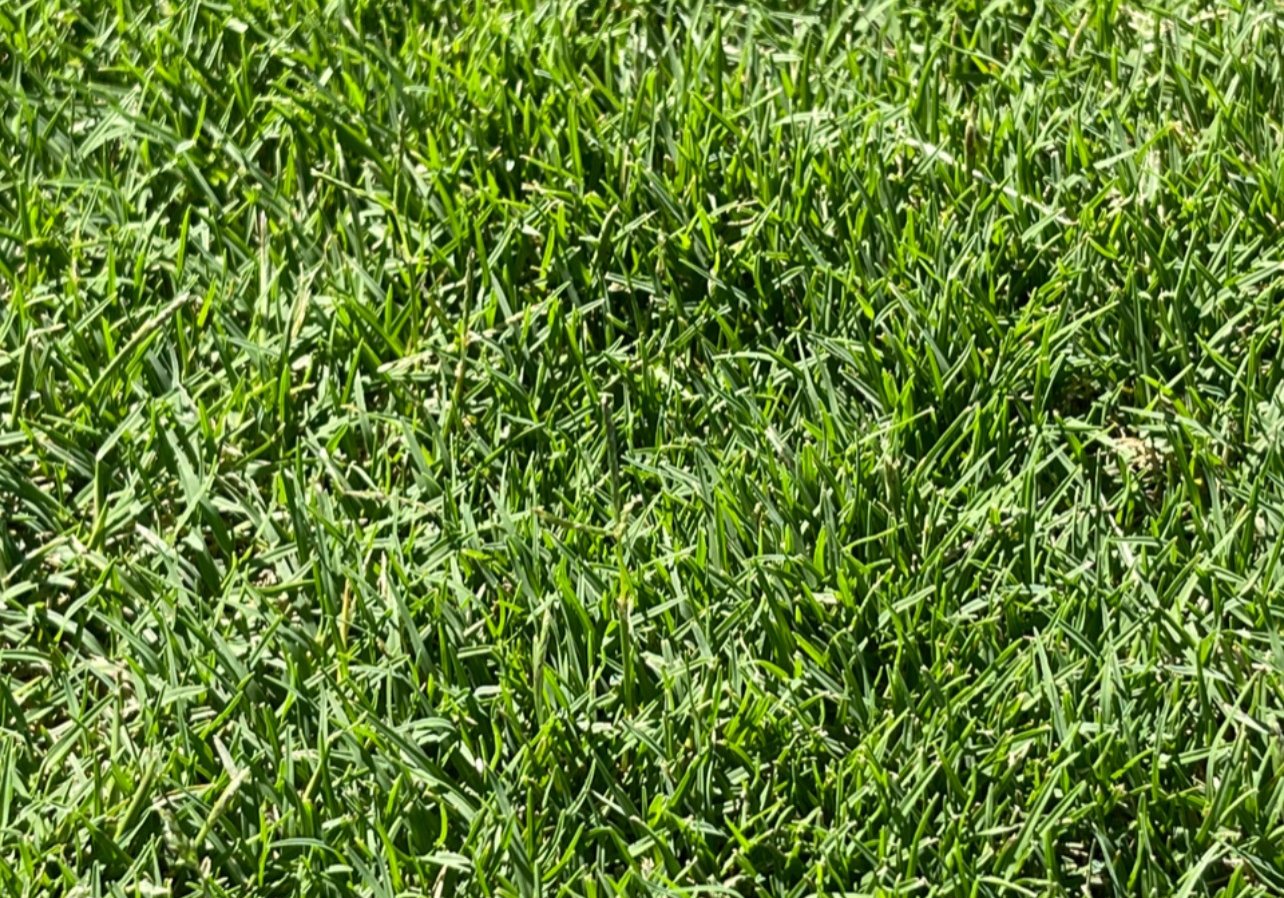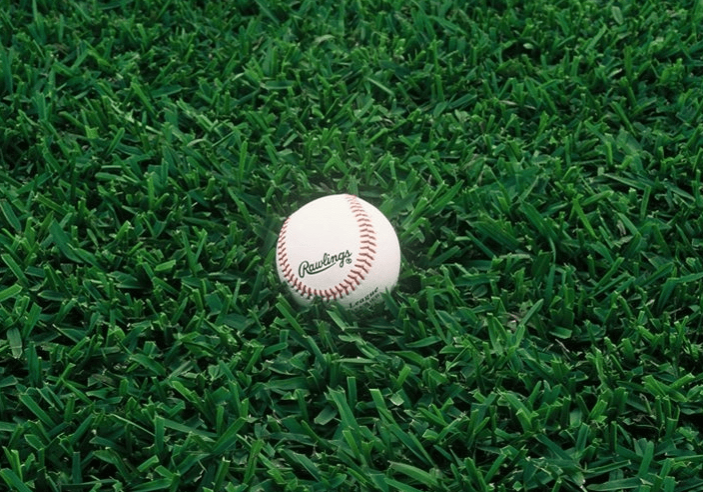Get your sod today!
Los Angeles Sod for Sale
Order Online
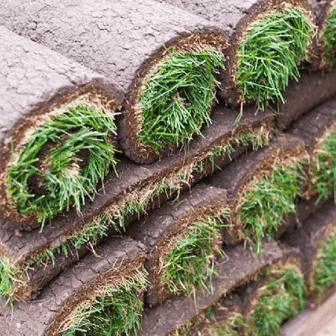
Sods
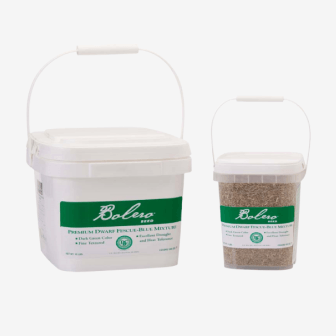
Seeds
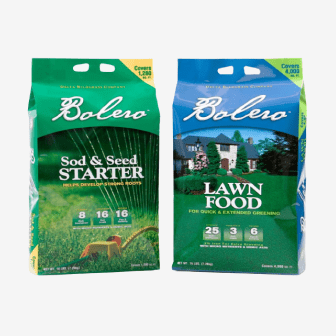
Fertilizers
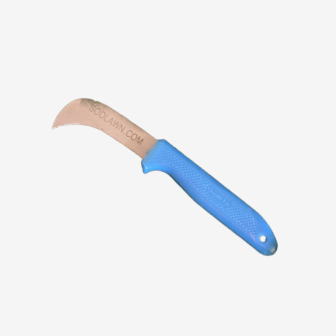
Tools

Apparel
Sodlawn Sod Farm / Sod Los Angeles
The Best Farm Fresh Sod In Los Angeles

Order Online
Or call us for help selecting the best sod for your home.
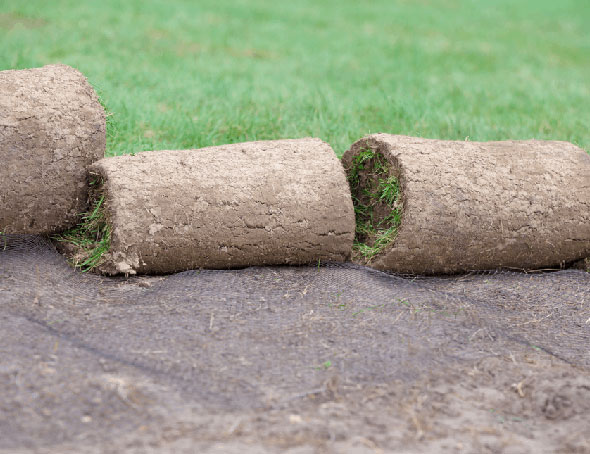
Sod Harvest
100% fresh sod is harvested within 24 hours of delivery.

Delivery
Your sod is delivered to your curb in 3-5 business days.
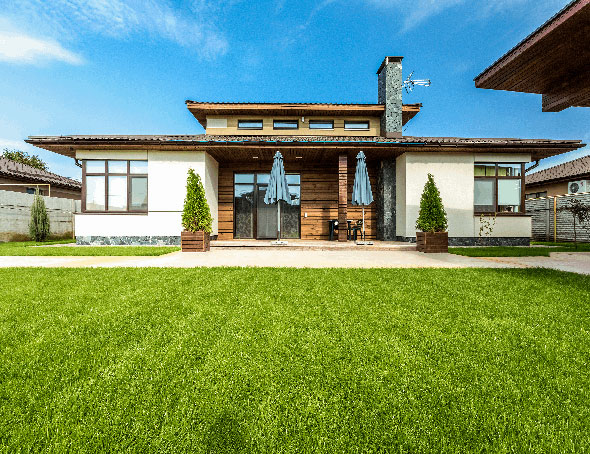
Enjoy!
Get care instructions to ensure your lawn is healthy and beautiful.
Why SodLawn?
Premium Sod Varieties
Choose from a variety of the best sod for every home and commercial project.
Competitive Prices
We work directly with the best sod farmers in California and we pass on the savings to you!
Expert Guidance
Our team of knowledgeable staff will help you at every step of the order and delivery of your sod.
On-Time Delivery
Enjoy peace of mind with a 2-hour delivery window so you know exactly when your sod will arrive!
Farm Fresh Sod
Your sod will be delivered within 24 hours of harvest so you know that your sod is fresh and healthy.
Sod Care Knowledge Base
Find the best sod care information for all your post-installation questions with accurate & detailed sod care content.
Los Angeles Sod Care Recommendations
Los Angeles, CA - December 20, 2025
Popular Sod Types in Long Beach
Resources
- Los Angeles Water Restrictions
- Los Angeles Water FAQ
- Los Angeles Landscape Standards
- Best Grass For Southern California
- When To Aerate Your Lawn In California
- Los Angeles Landscaping Requirements
- The Complete Guide to Watering New Sod in Los Angeles
- How Much Are Lawn Services in Los Angeles, California?
Los Angeles Climate Facts
| Annual Avg. Precipitation | 16 in. |
| Days That Are Sunny | 284 days |
| Rainy Days | 34 days |
| Summer Temp. High | 84 degrees |
| Winter Temp. Low | 46 degrees |
Recent Customer Reviews
The Lawn of Your Dreams in Los Angeles
Los Angeles is known as the "Creative Capital of the World," and it is the home of the entertainment industry. One out of six residents in Los Angeles is employed in a creative industry. There are more actors, dancers, artists, writers, filmmakers, and musicians in the city than in any other city throughout history.
The neighborhood of Hollywood is the heart of the motion picture industry, with five major film studios, record labels, and the USC School of Cinematic Arts located there.
Los Angeles is also a center for cultural activities, sports, and commercial and financial businesses, so the city offers many opportunities for people from all walks of life.
There are abundant museums and art galleries in the community, such as the Los Angeles County Museum of Art, the Natural History Museum, Museum of Contemporary Art, and the Getty Center.
Other well-known attractions include the Hollywood sign, the Griffith Observatory, Venice Beach, the Huntington Library Art Collections and Gardens, the Santa Monica Pier, Grand Central Market, Rodeo Drive, and Universal Studios and CityWalk.
Those who enjoy professional sports will always have something to do in Los Angeles, since there are 11 professional sports teams in the area, including the Los Angeles Dodgers, Los Angeles Rams, and the Los Angeles Lakers.
In addition to the entertainment industry, the economy in the area is strengthened by the international trade, technology, aerospace, petroleum, and fashion industries. More recently, the city has seen an influx of cannabis-related businesses as well.
Major employers in Los Angeles include Kaiser Permanents, University of Southern California, Northrop Grumman Corp., Province Health and Services, Target Corp., Ralph's/Food 4 Less, Cedars-Sinai Medical Center, Walt Disney Co., Allied Universal, and NBC Universal.
Originally home to the indigenous Tongva and Chumash tribes, the Los Angeles area was settled and ruled by Spain and then Mexico before the United States took control in 1847. By the late 1800s, the transcontinental Southern Pacific Railroad and Santa Fe Railroad were in full operation, which brought more people to the area, making it a major part of the transportation industry.
With a population of approximately 4 million people, Los Angeles is currently the second-most populous city in the United States, just behind New York City.
Most of the Los Angeles area has a Mediterranean climate with warm, sunny days and only about 35 days of measurable precipitation each year. During the fall and winter months, the Santa Ana winds bring drier, warmer weather into the area, increasing the risk of wildfires.
Real Photos from Happy Clients
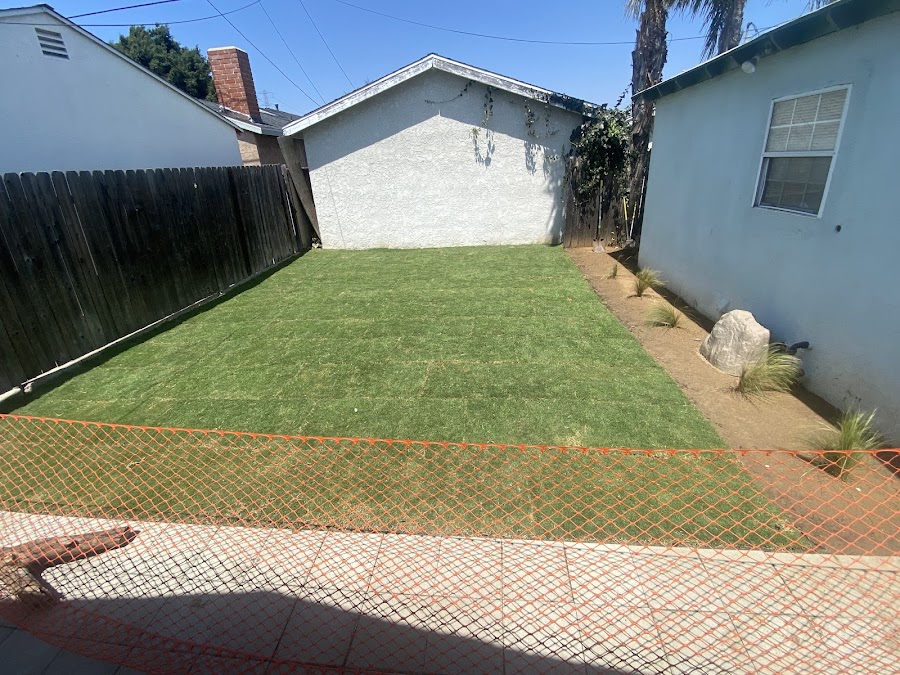
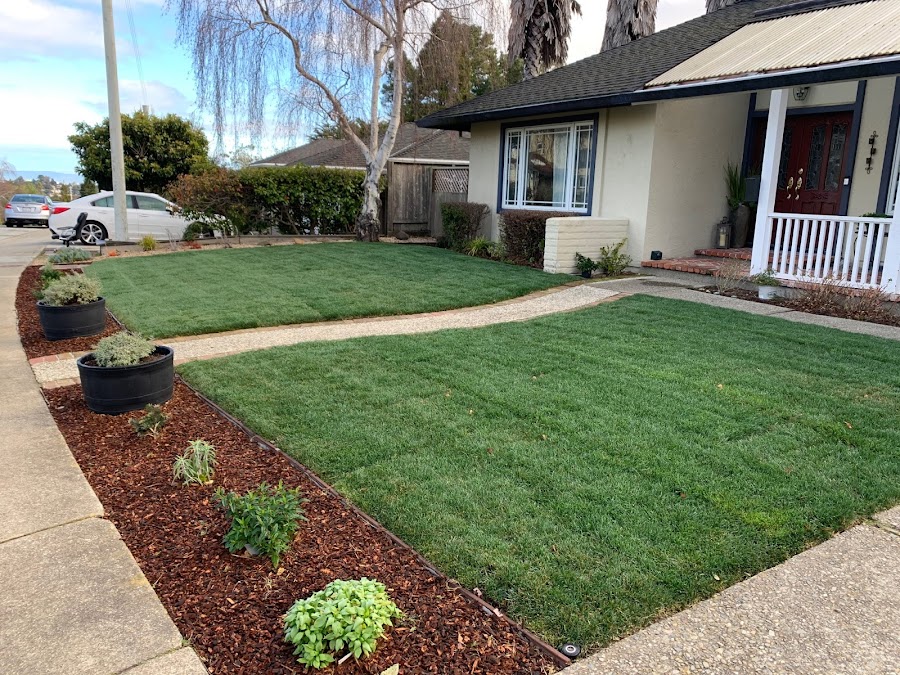

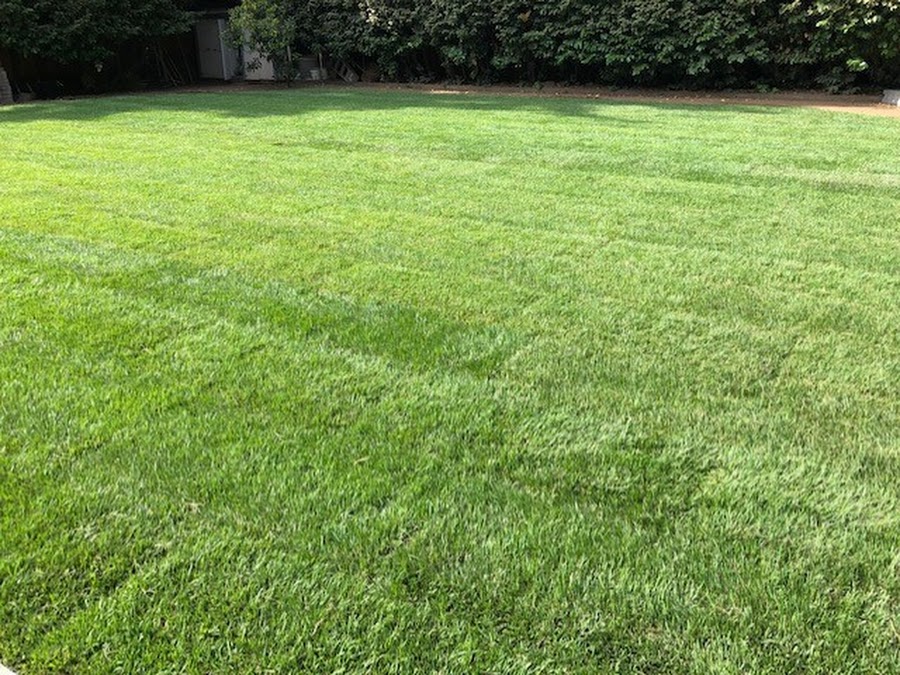
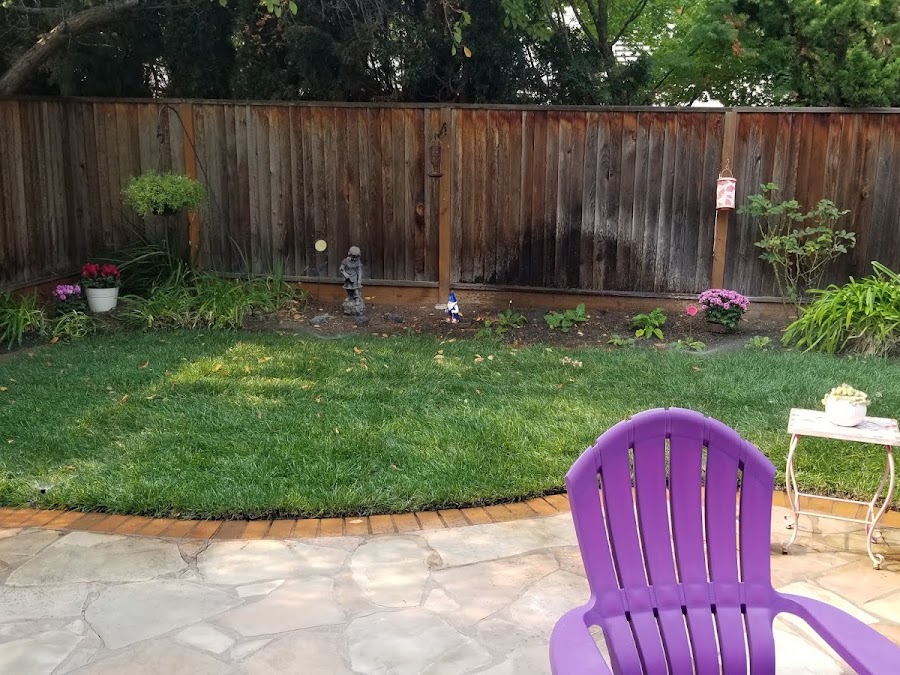
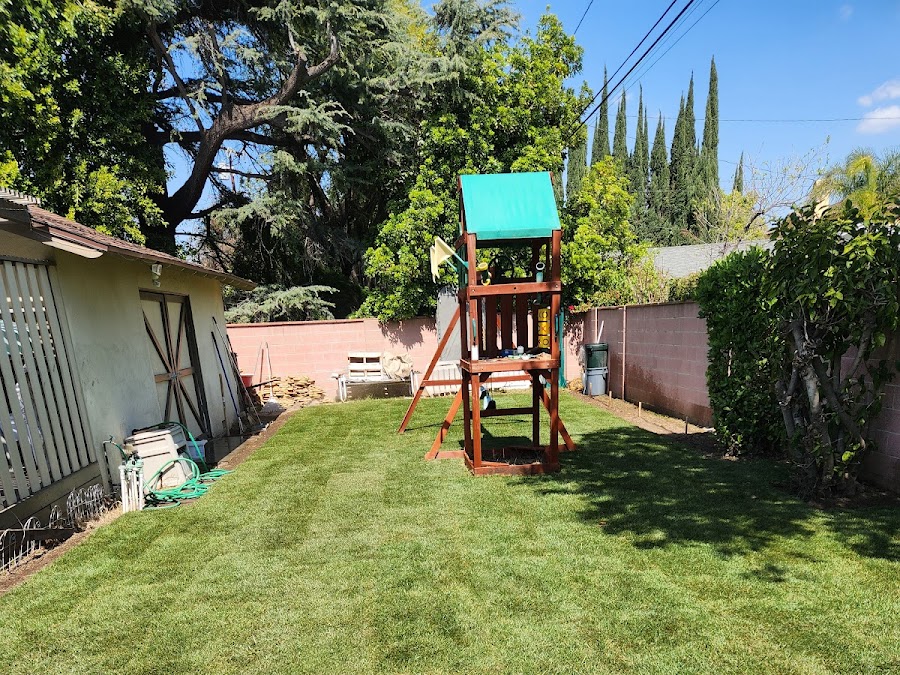
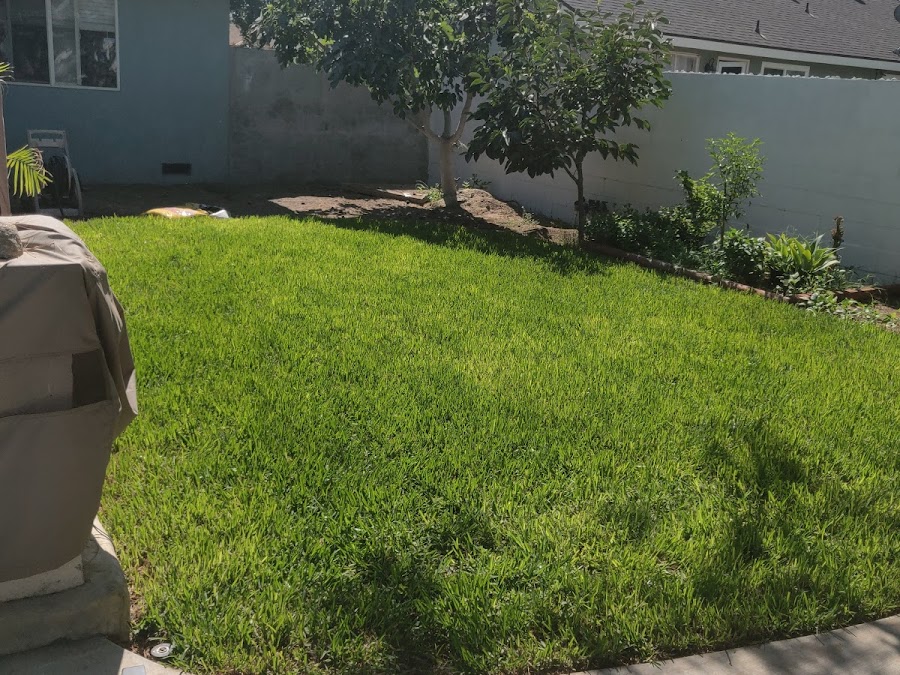
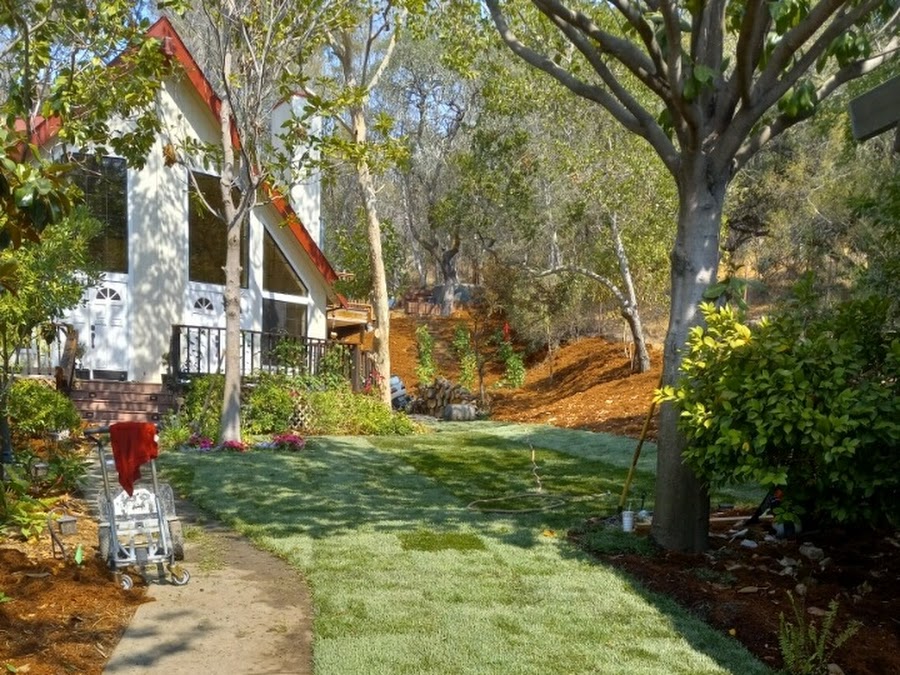


Neighborhoods we Service in Los Angeles, CA
- Venice
- Bel Air
- Sherman Oaks
- Boyle Heights
- Echo Park
- Brentwood
- Woodland Hills
- Northridge
- Pacific Palisades
- Chatsworth
- Valley Village
- Reseda
- Most everywhere else...
| Zip Codes in the Los Angeles, CA service area | Show Zip Codes |
90001
90002
90003
90004
90005
90006
90007
90008
90009
90010
90011
90012
90013
90014
90015
90016
90017
90018
90019
90020
90021
90022
90023
90024
90025
90026
90027
90028
90029
90030
90031
90032
90033
90034
90035
90036
90037
90038
90039
90041
90042
90043
90044
90045
90046
90047
Nearby Service Areas
Los Angeles residents can choose from a variety of sod types including Elite Plus, Marathon, St. Augustine, Celebration, and TifTuf. These varieties are selected to thrive in the Los Angeles climate, offering options for different landscaping needs and preferences.
